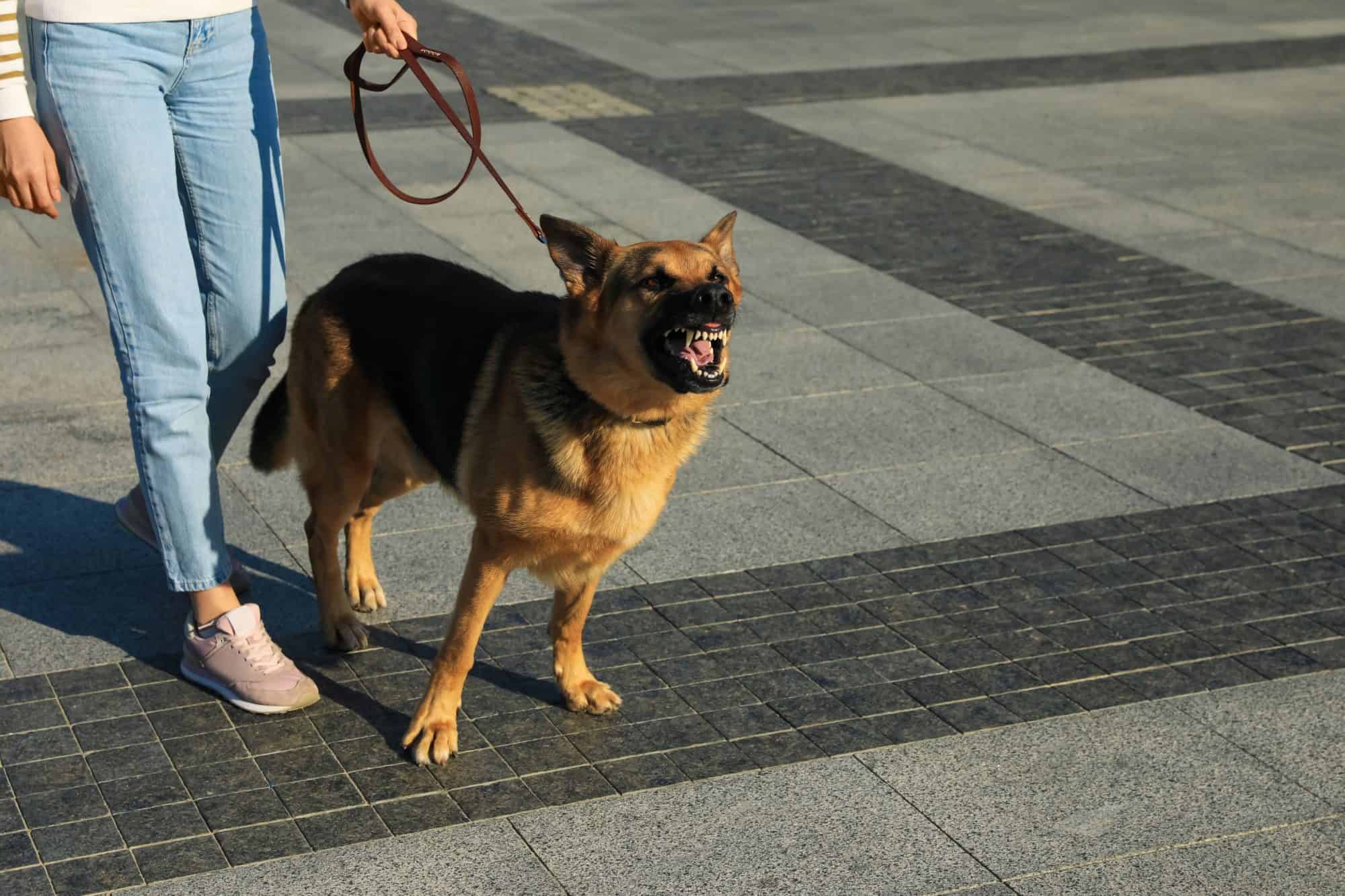
There are few things scarier than canine aggression—in part because it really can sneak up on you when you least expect it. One minute, your dog is behaving normally and the next, you’re taking cover from their strong jaws and sharp teeth. A growling, lunging, combative dog is certainly problematic and not for the faint of heart. However, there are attainable solutions that not only help you understand canine aggression, but redirect that energy into something productive.
What’s Going On?
Canine aggression can be triggered by fear. Without a proper framework or positive previous experience, dogs don’t always know implicitly what’s going on around them. Without this context, they may quickly react with fear, self-doubt, or profound discomfort.
Fear is the most common reason behind canine aggression and dog bites. Frightening situations may involve a visit to the veterinary hospital, exposure to children or strangers, vulnerability around unfamiliar dogs, and new places. You might observe snapping or snarling as the first reactions to fear.
If you see signs of canine aggression related to fear, it is crucial to intervene immediately. Do not allow behavior to escalate.
Other Triggers
Dogs are highly territorial and will react in kind to any perceived interlopers or invaders. Their backyard and house is their domain, but they can also be highly protective of their person when outside the home. Territorial aggression can be characterized by barking, growling, and chasing off any possible threats.
Similarly, resource guarding is another form of canine aggression and happens when a dog feels possessive over their food, bed, toy, or person. You may see this type of competition in a home with multiple pets, or displayed by a dog that experienced bullying from littermates or other household pets.
Normal Canine Aggression
Other displays of canine aggression can be seen with mothers protecting their young, between playful dogs, and dogs that are simply prone to compete and fight. These displays of canine aggression are normal and easily diffused with space, time, and distraction.
Going Further
Canine aggression is not linked to any particular breeds. Instead, this normal canine trait can be compounded by environment and experience.
It is worth noting that dogs almost always give warning signs that trouble is brewing. Known as the ladder of aggression, keen observers can view canine body language, such as yawning, lip licking, pacing, and pinning back of the ears long before outward expressions of canine aggression surface, such as staring, growling, snapping, and biting.
How You Can Help
Canine aggression can be managed with consistency. Patience, positive reinforcement training, and behavioral support. Owners can help their dog feel safe by removing the trigger. You can also help them understand the trigger and diffuse any fear with positive reinforcement techniques and desensitization. Dogs with severe stress and anxiety may find relief with medication if training is ineffective.
Please give us a call at (530) 533-7513 with any questions or concerns about your dog’s health and behavior. Oroville Animal Health Center is always happy to help you.
